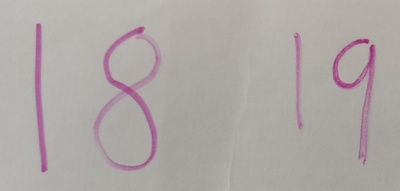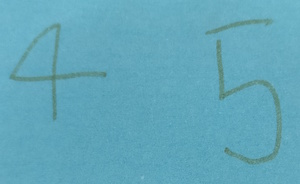Or search by topic
Number and algebra
Geometry and measure
Probability and statistics
Working mathematically
Advanced mathematics
For younger learners
Next-door Numbers



Florence chooses a number and then counts on one more:

She adds them together and this is what she records:

Ethan chooses two different 'next-door' numbers:

And then he adds them together and records the addition:

Here are the 'next-door' (consecutive) numbers that Alma chooses:

She adds her numbers together:

Try this for yourself. Choose two consecutive numbers and add them together.
What is the same about all the answers?
Does this surprise you?
Will this always happen when you add two consecutive numbers together?
Try drawing a picture or making a model to explain your thinking.
Can you convince someome else using your picture/model?
You may be interested in the other problems in our Surprise! Feature.
Related Collections
You may also like
Break it Up!
In how many different ways can you break up a stick of seven interlocking cubes? Now try with a stick of eight cubes and a stick of six cubes. What do you notice?
Lots of Lollies
Frances and Rishi were given a bag of lollies. They shared them out evenly and had one left over. How many lollies could there have been in the bag?

